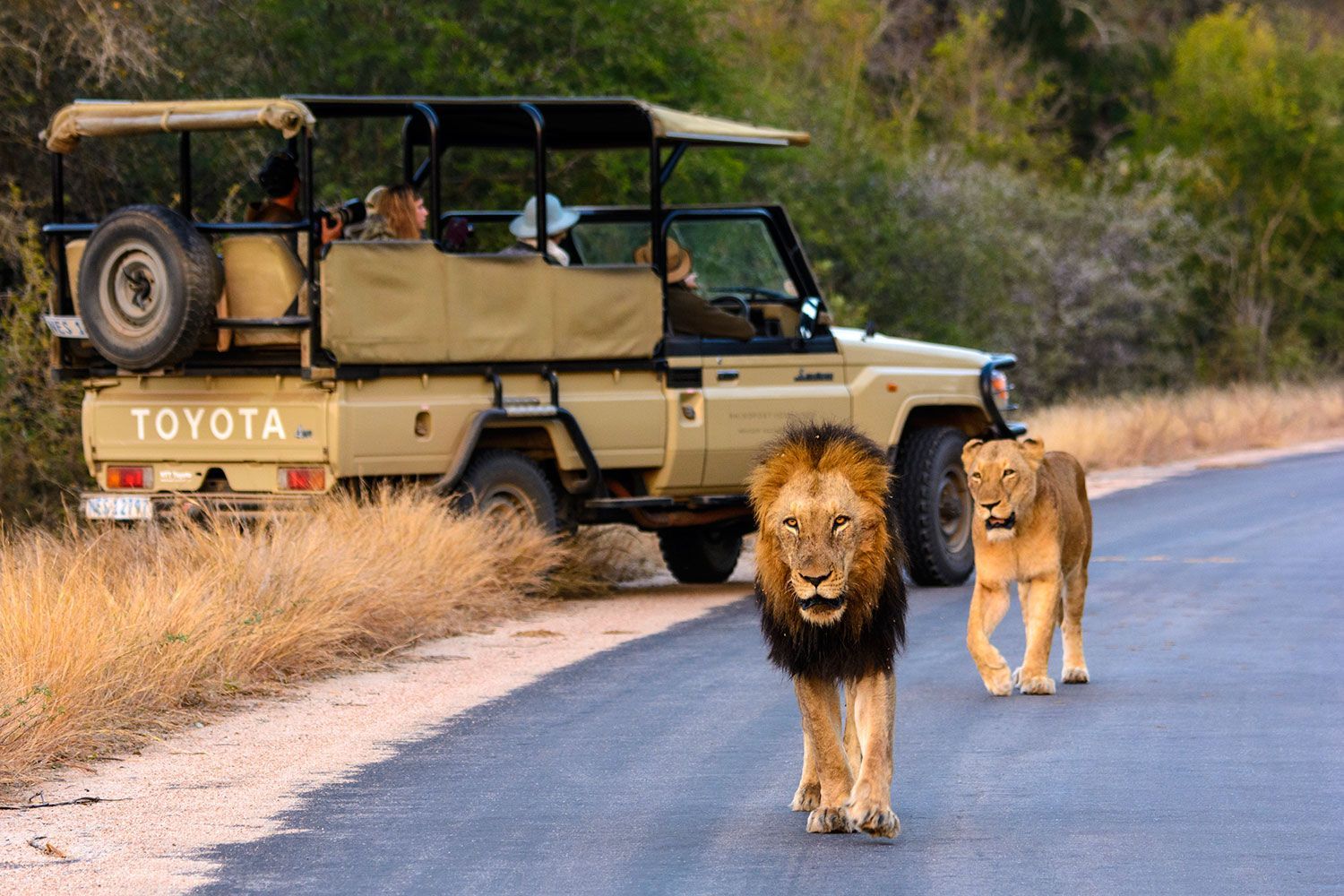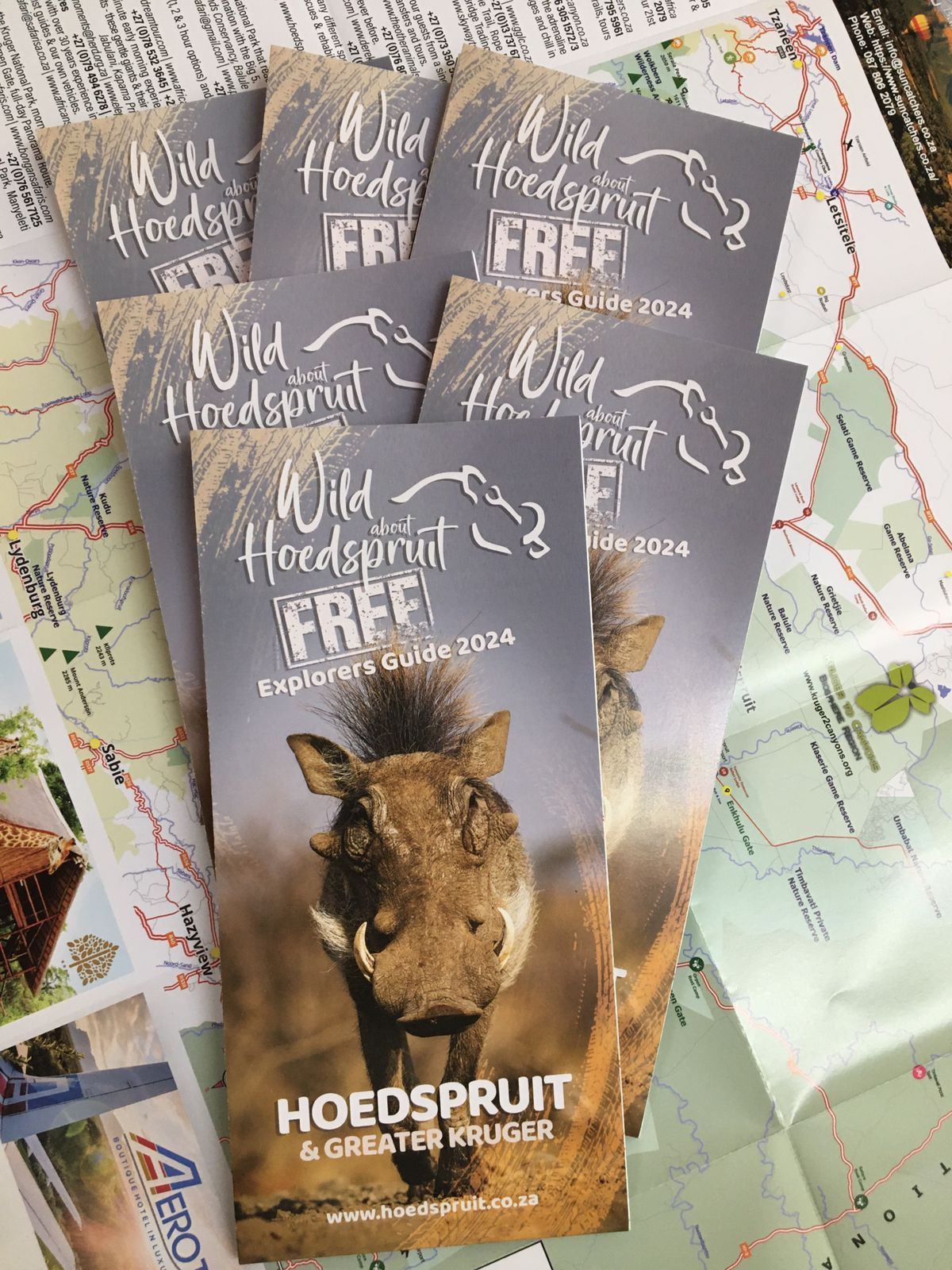The Southern Ground Hornbill in Kruger National Park: A Guide
The Southern Ground Hornbill, a majestic and charismatic bird, graces the landscapes of Kruger National Park with its impressive presence. This unique species holds a special place in the hearts of wildlife enthusiasts, making encounters with them a truly exhilarating experience.
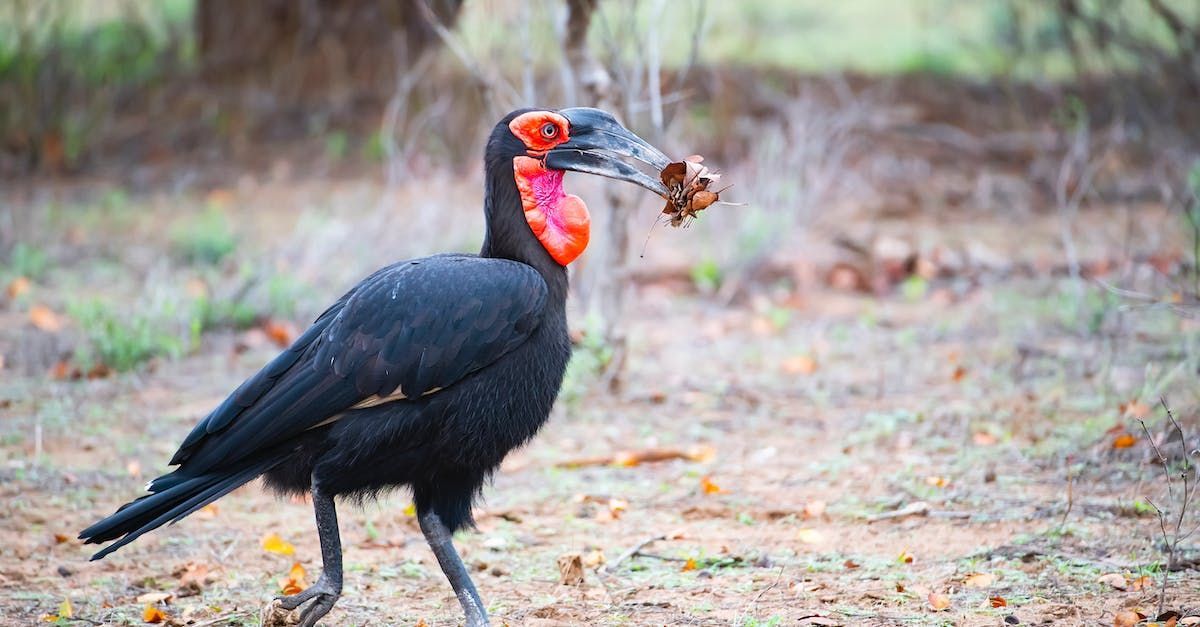
Why It's an Exciting Species to Encounter in Kruger
The Southern Ground Hornbill stands out as one of the largest and most captivating birds in Kruger National Park. Its distinctive appearance and behaviors contribute to the park's rich biodiversity, making it a sought-after sighting for visitors.
Identification
Physical Characteristics
The Southern Ground Hornbill is easily identified by its striking black plumage, long eyelashes, and bright red facial skin. With a height of up to four feet, it is a sizable bird, and both males and females share similar physical characteristics.
Unique Features for Easy Identification
What sets the Southern Ground Hornbill apart is its long, down-curved bill, a vibrant red throat patch, and a striking casque on top of its head. These features make it easily distinguishable from other birds in Kruger.
Fascinating Facts
Interesting and Lesser-Known Facts about the Southern Ground Hornbill
Southern Ground Hornbills are known for their intriguing behaviors, including cooperative hunting, communal roosting, and long-distance foraging. They play a crucial role in the ecosystem by controlling insect populations, contributing to the park's delicate ecological balance.
Its Role in the Ecosystem
As predators of large insects, small vertebrates, and reptiles, Southern Ground Hornbills help regulate the population of these species, ensuring a healthy ecosystem within Kruger National Park.
Habitat and Range
Where in Kruger Can You Find the Southern Ground Hornbill?
Southern Ground Hornbills inhabit the savannas, woodlands, and grasslands of Kruger National Park. They are often seen foraging on the ground or perched in trees, especially in the central and southern regions of the park.
Preferred Habitats and Behaviors
These birds prefer areas with a mix of open spaces and trees, allowing them to forage efficiently while having access to suitable nesting sites. Their foraging behavior involves walking long distances, using their powerful bills to overturn debris in search of prey.
Best Times for Sighting
Seasonal Variations in Visibility
While Southern Ground Hornbills are present throughout the year, sightings can be enhanced during the dry season (May to September). During this period, the reduced vegetation improves visibility, making it easier to spot these iconic birds.
Preferred Times of the Day
Southern Ground Hornbills are diurnal, meaning they are active during the day. The early morning and late afternoon are optimal times for sightings, as they engage in hunting, foraging, and social interactions.
Behavior and Social Structure
Behavioral Patterns and Interactions
Known for their intelligence and social nature, Southern Ground Hornbills exhibit cooperative behaviors during hunting and raising chicks. They communicate through a range of vocalizations, including booming calls that carry over long distances.
Social Dynamics
Southern Ground Hornbills form close-knit family groups, with a dominant breeding pair supported by non-breeding helpers. These helpers assist in foraging, chick-rearing, and defending territories, showcasing strong familial bonds.
Conservation Status
Current Conservation Status
The Southern Ground Hornbill is classified as vulnerable due to habitat loss, poisoning, and other anthropogenic threats. Conservation efforts focus on mitigating these challenges to ensure the survival of this remarkable species.
Any Particular Threats or Challenges the Species Faces
The primary threats include habitat fragmentation, electrocution on power lines, and poisoning through bait intended for other species. Human-wildlife conflict also poses a risk, emphasizing the need for conservation interventions.
Tips for Spotting
Key Signs to Look For
Listen for their distinctive booming calls and watch for their large, black silhouettes on the ground or in trees. Scan open savannas and grasslands, particularly in the central and southern regions of Kruger National Park.
Popular Regions within Kruger for Sightings
Notable regions for Southern Ground Hornbill sightings include Satara, Lower Sabie, and Skukuza. These areas offer a mix of suitable habitats, increasing the likelihood of encountering these magnificent birds.
Encountering the Southern Ground Hornbill in Kruger National Park is a privilege that offers a deeper appreciation for the intricate web of life within this iconic reserve. Observing these majestic birds underscores the importance of conservation efforts to ensure their continued presence in the wild.
Additional Resources
- Kruger National Park
- APNR Southern Ground-Hornbill Research & Conservation Project
- Guided Bird Watching Tours in Kruger
Share This Article
Quicklinks
Related Articles
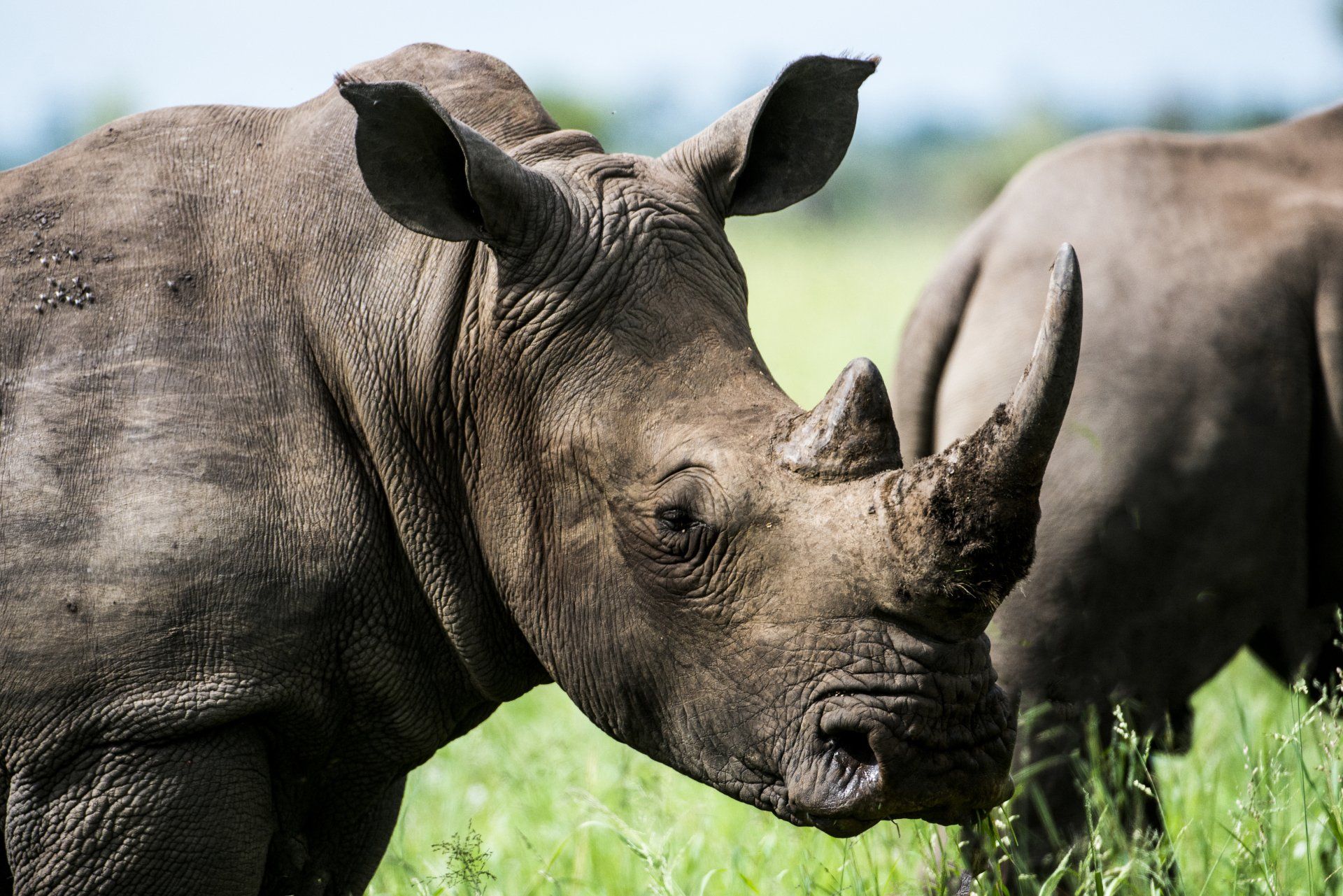

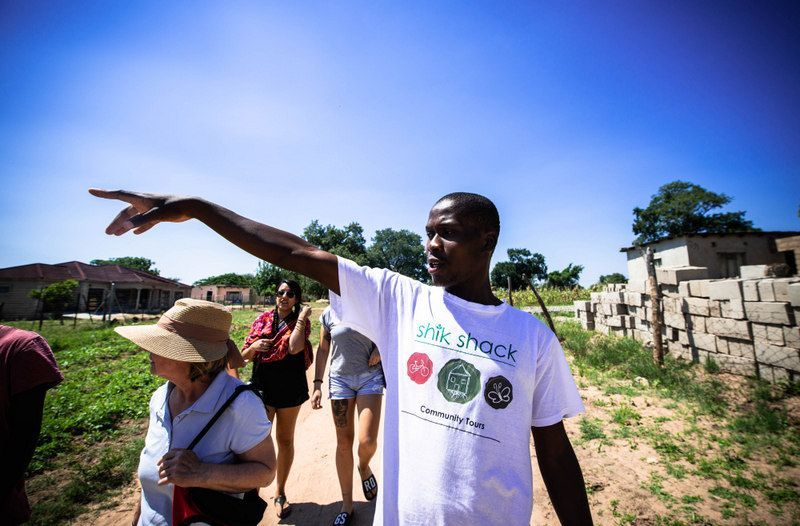

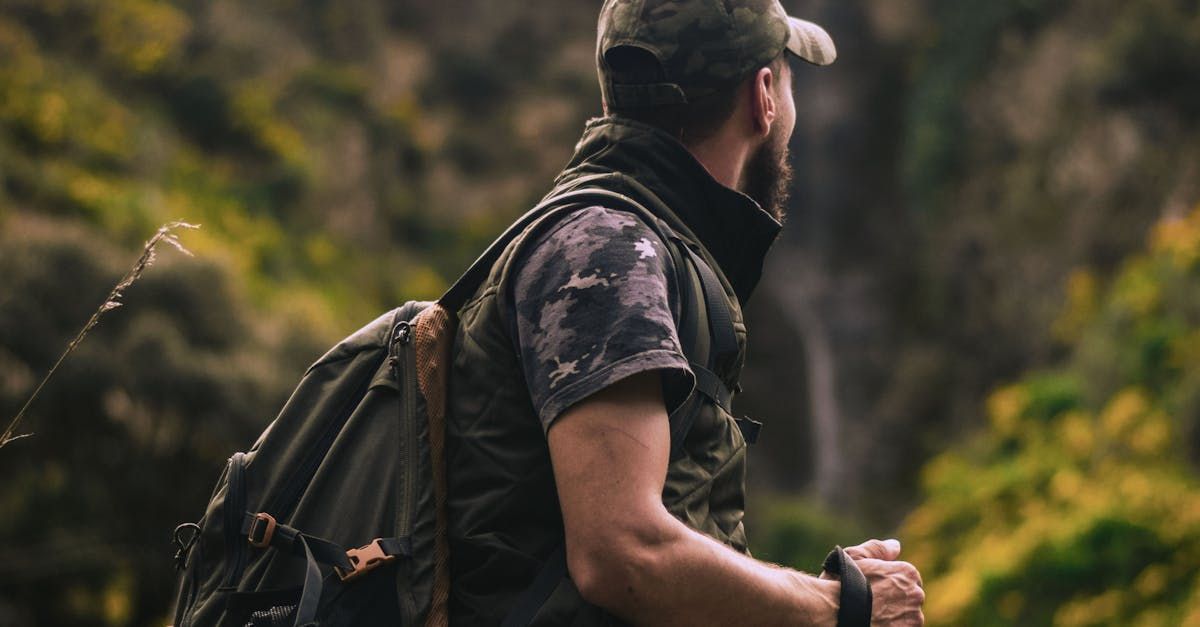

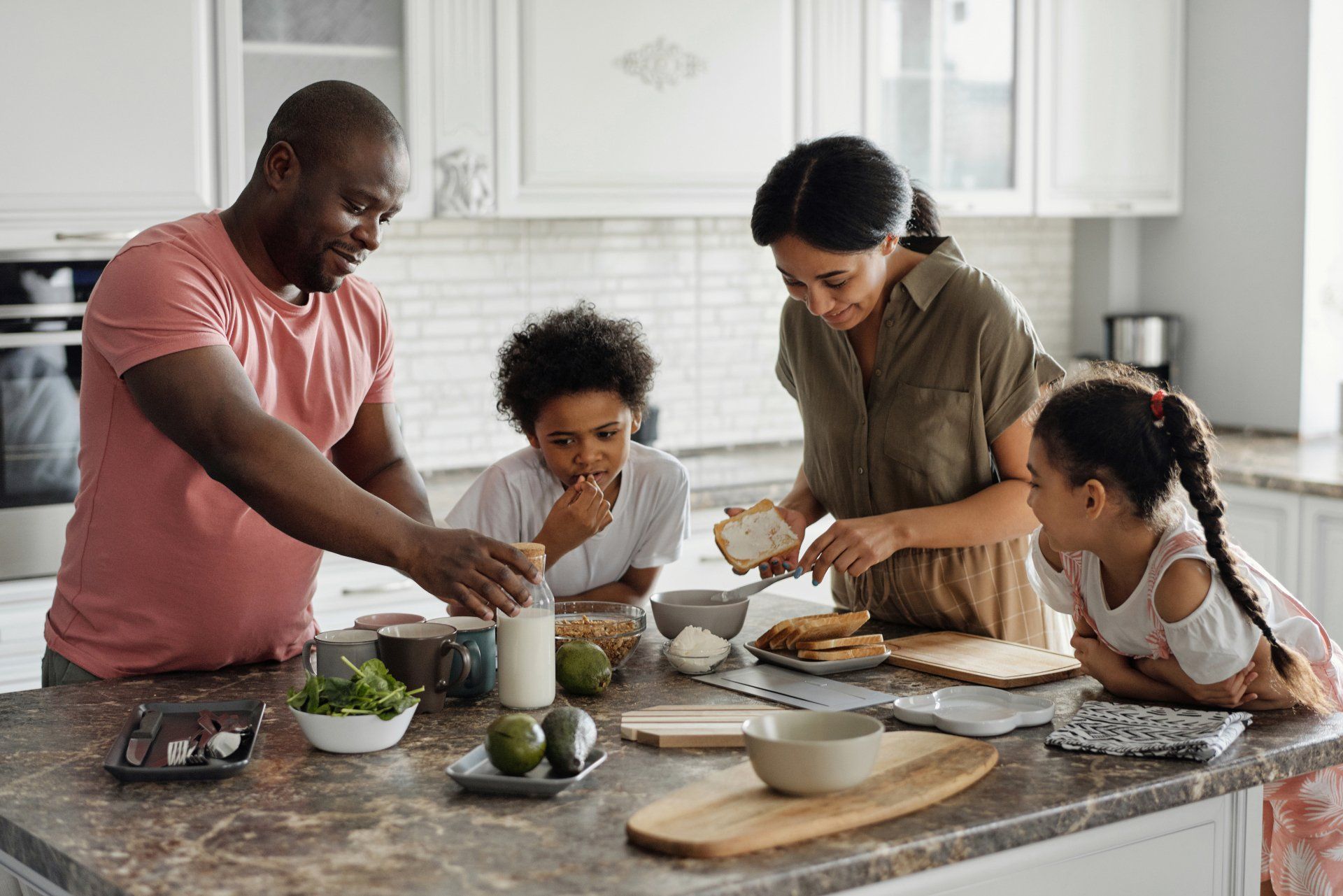
Hoedspruit Articles




